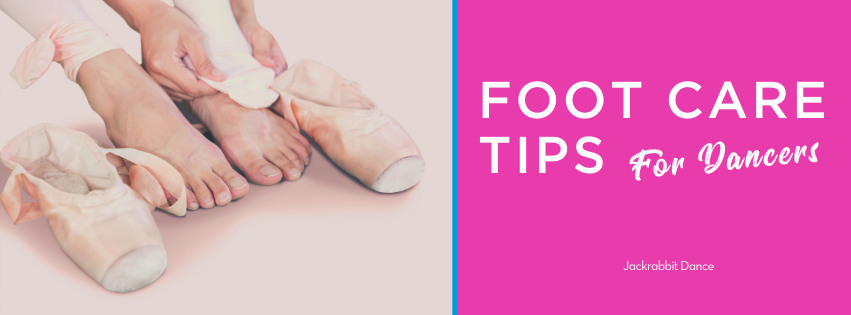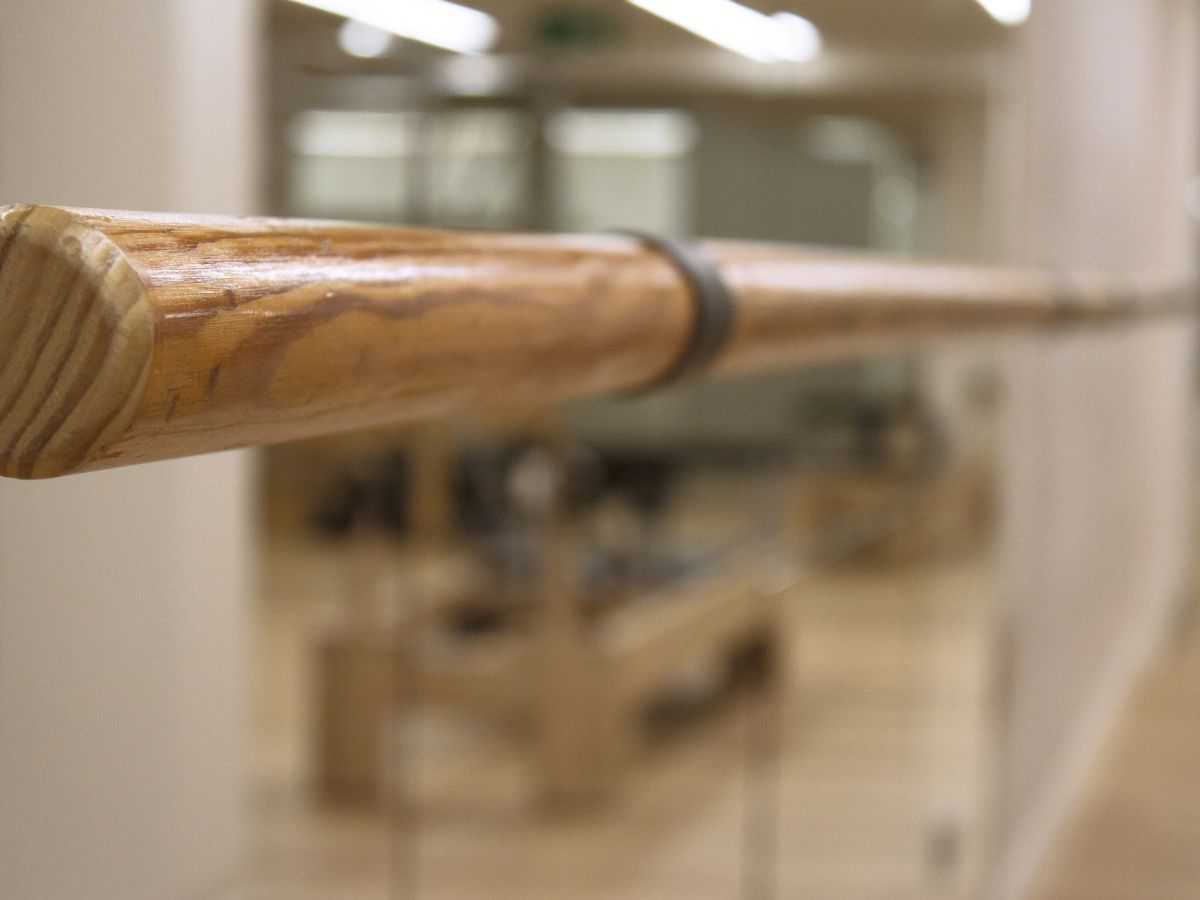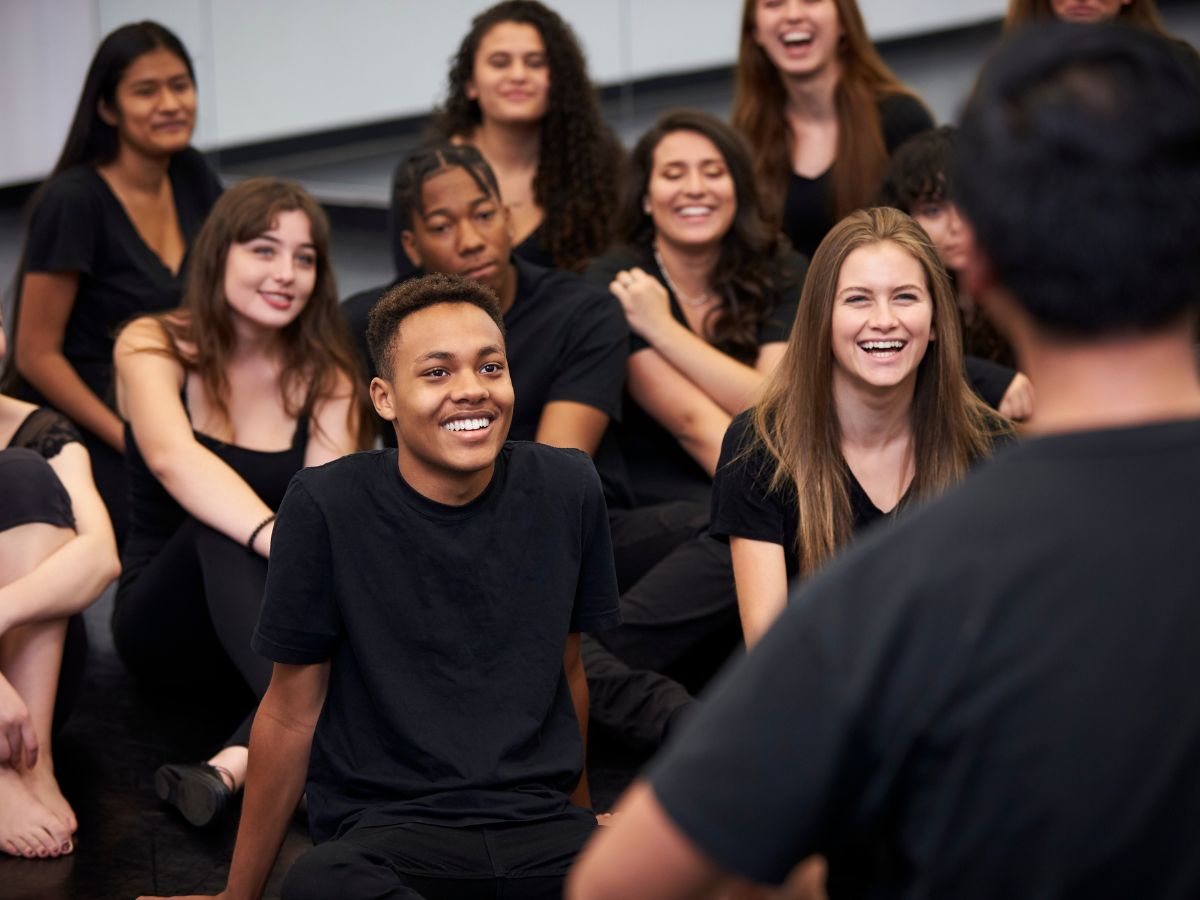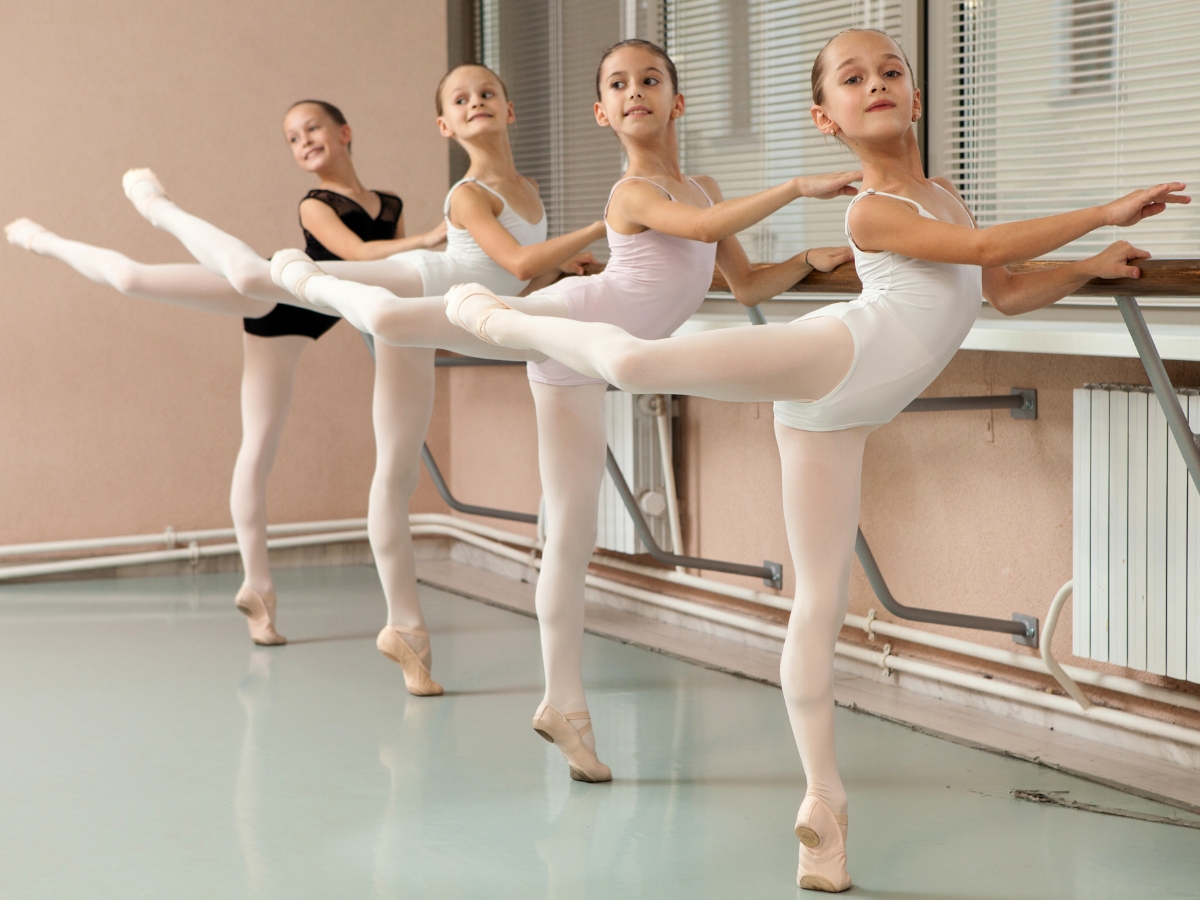To call human feet complex is an understatement. After all, of the 208 bones in the human body, 52 of those bones are in the feet.
Besides their structure, feet are quite complex when you consider their purpose: support, balance, and propulsion. This is all the more true for a dancer, thus making proper foot care for dancers important.
Just as musicians must keep their instruments in good working order, so also dancers must pay close attention to the health of their bodies, including their feet.
7 Ways for Dancers to Maintain Foot Health
While pedicures and fancy nail art aren’t a part of the typical dancer’s vocabulary, preventing and treating minor injuries along with taking good general care of their feet is a routine way of life.
Here are 7 ways dancers can keep their feet as happy as dancers’ feet can be.
Cut toenails short and straight across
The toenail should be straight across and not curved. Curved nails or nails that are too long can lead to ingrown toenails. The length of the nail should show only a very small amount of white. Use clippers – not scissors – to get a clean, straight cut.
Don’t wear nail polish
Polish prevents viewing what may be underneath the nail (e.g. problems like bruised or ingrown nails). This doesn’t mean nail polish on your toenails is forbidden forever, but consider wearing it for brief periods of time or when there’s a break in the rehearsal schedule. (Or wear clear polish so the health of the nail and underneath the nail can be clearly seen.)
Learn to love calluses
Keep calluses trimmed. They can become overly thick and may cause pain. They can feel bumpy against the shoe or against the floor. Generally, calluses are a good thing, because they will help to protect against blisters and abrasions so avoid filing them off.
Things to avoid when calluses appear
Avoid soaking your callused feet or cutting calluses open because they could lead to infection. Gently treating calluses with a pumice stone is a good choice. When choosing a pumice stone to treat foot calluses, choose a lighter density and be careful not to exfoliate too hard so you don’t irritate the skin on the foot.
Seek treatment for corns
Corns are a common foot problem among ballet dancers – most commonly developing between the toes. One cause of this can be wearing tight pointe shoes. When corns present persistent problems, it’s best to seek the advice of a podiatrist and obtain professional help in fitting your pointe shoes. Wearing ballet shoes without tights can also cause corns as can wearing street shoes without socks, so be certain to avoid both.
Take care of blisters
Blisters plague dancers, especially when new shoes are being broken in. Blisters can occur anywhere on the foot, but they generally tend to pop up on the surface of the toes, inside or outside the border of the metatarsals, or on the heel. Even the smallest of blisters can be very painful for the active dancer. Types of blisters include:
- Clear-colored blister without broken skin: Use a sterilized needle to pop the blister and to drain out the liquid; however, don’t remove the loose skin. Cover the blister with a sterile strip as well as a strip of athletic tape. If the skin has begun to tear, use a small pair of scissors to remove any loose skin, and then cover the wound with a sterile strip and strip of athletic tape.
- Red-colored blister: Blood blisters should be left to heal on their own, so regardless of how tempting it is, do not pop. Cover the blister with a sterile strip and a strip of athletic tape.
- For painful blisters, cut the center out of a small piece of moleskin in order to form a donut shape. This prevents the surface of the shoe from rubbing on the blister until the blister heals. Cut a square or circle that’s bigger than your blister. Fold in half and make a slit. Putting the scissors through the slit, then cut an inner circle the size of the blister. Remove the paper covering and stick the moleskin pad in order to surround the blister.
Pay special attention to your big toe
Proper protection for your big toe is essential, especially if you wear ballet pointe shoes. Make sure your big toe is properly protected so that you’re protected against bruised toenails. If your toenails do become bruised, the nail may turn black and blue and fall off. This will cause a host of problems when it comes to dance.
Basic foot care tips for dancers
Alternate your dance shoes
If possible, have two pairs of ballet, tap, or jazz shoes so that you can alternate them – not wearing either pair for two consecutive days. This allows your shoes to dry out so that foot fungus has no chance of setting in.
Be sure to moisturize
Make moisturizing your feet a daily regimen – focusing on the areas of the foot that are prone to developing calluses, corns, and blisters. Foot moisturizers are often very rich and thick so that they penetrate the rough skin on your feet; because of this, consider doing your regimen before bedtime – and cover your moisturized feet with socks to get even more value from your moisturizer.
Wear your padding
When dancing on pointe, wear padding to protect your feet. The toe box of your shoes should be padded with either gel toe pads or wool toe pads.
Can arch bands help?
Arch bands can help to support your feet and prevent tendonitis. Wrap your feet with stretchable bandages before class to warm up feet and ankles to help prevent injuries and strengthen muscles.
Wear shoes that fit properly
The importance of a proper ballet shoe fit cannot be stressed enough, and the best way to make sure your shoes are a good fit is to visit a professional ballet shoe store. Your ballet teacher can probably recommend someone. Pointe ballet shoes must fit perfectly or they could cause major problems for the feet and ankles. The shoe box of the pointe ballet shoes must accommodate your toes properly. Wearing pointe ballet shoes that don’t fit properly can lead to a number of problems: bruised toes, ingrown toenails, calluses, and blisters, among others.
Visit a professional for persistent foot problems
If this is the case with you, a visit to a podiatrist or foot care specialist is probably the best thing to do. The doctor can address your problems and help to prevent them from worsening. Small-foot problems can quickly turn into big-foot problems if left unattended.
What should be in my dance bag?
Feet can’t be properly maintained without the right supplies – especially for pointe dancers. A pointe dancer’s bag should contain:
- Nail clippers
- Band-aids
- Athletic tape
- Moleskin
- Extra lamb’s wool or toe pads
- Needle and thread
- Extra elastic
- Small pair of scissors
- Tennis ball or foot roller
These are the essentials. There may be plenty of other helpful things that are commonly found in dancers’ bags.
How does foot care impact dance technique?
The Arches
“High arches,” “low arches,” or “flat feet” are terms often used when describing feet – including dancers’ feet. The way the middle portion of the foot is shaped can greatly impact a dancer’s technique and alignment.
Instead of thinking of the arch as one thing, there are actually four of them along the foot. Their anatomical names are medial longitudinal, lateral longitudinal, anterior metatarsal, and transverse.
The two longitudinal arches span the length of the foot, from the heel to the head of the metatarsals at the base of the toes. Medial indicates the pass toward the midline of the body over the great toe, and lateral passes along the outer edge of the foot from the heel to the fifth (pinky) toe.
A weak lateral longitudinal arch contributes to sickling and supination, while a weak or flattened medial longitudinal arch leads to pronation. Conversely, a dancer with a pronounced medial longitudinal arch (commonly referred to as a high arch) may also roll to the outside of the foot (supination).
The metatarsal arch spans the five metatarsal bones, and the transverse arch reaches across the lower ankle from the cuboid bone to the internal (or first) cuneiform. This arch essentially mirrors the elastic on a ballet slipper. Both are used in stability and balance, particularly en relevé.
Injury from Inattention
A number of injuries can stem from the failure to pay close attention to the use of the foot. Improper alignment of the foot in relevés and landings from jumps can lead to an ankle sprain or fracture.
Poor alignment of the foot and arch can also weaken the ligaments that connect its many bones. This can result in a fallen arch – the permanent loss of flexibility and lift in the longitudinal arches – along with a host of secondary conditions such as tendonitis, fractures, and integumentary (skin and nail) problems.
Because of the demand that dancers place on the feet, fallen arches or improper technique at this part of the body can also impact the entire alignment of the body and contribute to acute or chronic injury at the ankle, knee, hip, or back.
Build Strong Feet
There are some out-of-class exercises that can help dancers maintain and improve strength in their feet. A TheraBand is a good investment for assistance with these exercises, but a towel is a good cost-free alternative (or the exercise can be done without resistance.)
- Point and flex: Sitting on the floor, point and flex feet slowly with the TheraBand around the top half of the foot.
- Pick up wash cloth: From a sitting position, place a small towel or washcloth on the ground and try to pick it up with just the toes.
- Toe sit-ups: Point toes and just lift the toes up and then back to point. Repeat 12 times, rest, and repeat two more sets of 12.
- Ankle rolls: With a TheraBand, slowly roll the ankle outward 12 times and inward 12 times, articulating through the foot as much as possible. Rest and repeat two more times.
By practicing regular foot care, knowing what to look out for when it comes to injuries and technique, and keeping your equipment in tip-top shape, your feet will thank you.






